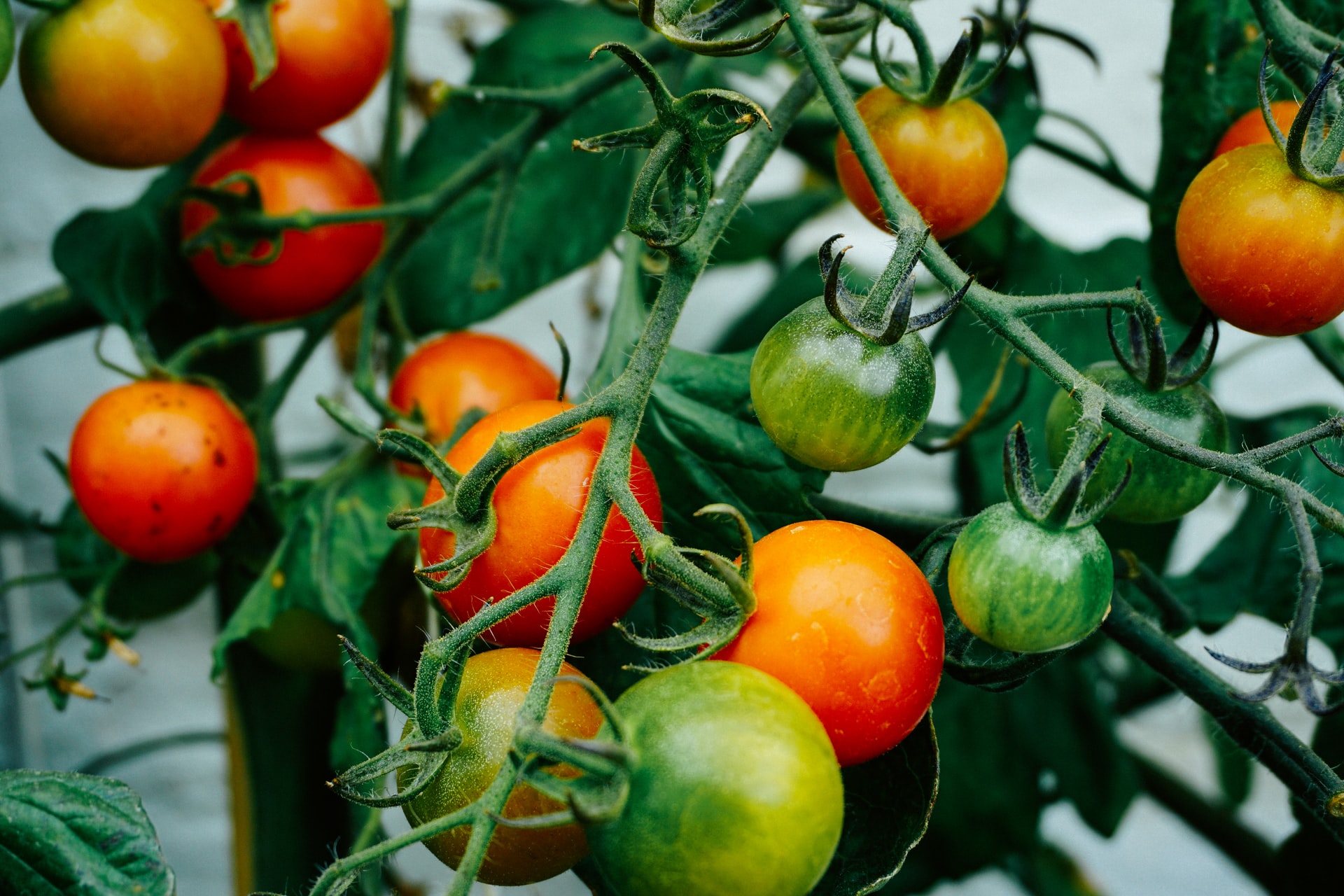In protected spaces, tomatoes can also be grown without soil, using a hydroponic system. The substrates used in hydroponic cultivation can be organic, inorganic, or synthetic.
Organic substrates include coconut coir, rice husks, sawdust, tree bark, and pine needles. Inorganic substrates include rock wool, vermiculite, perlite, quartz sand, and expanded clay. Synthetic substrates include expanded polyurethanes, expanded polystyrenes, and urea-formaldehyde.
Regardless of the substrate origin, it must be inert and stable (it should not decompose, dissolve, or significantly alter the composition of the nutrient solution), clean, allow easy drainage of excess nutrient solution, and have a favorable balance of micro and macro capillaries.
Advantages of Hydroponic Cultivation:
- No need for crop rotation
- Reduced occurrence of pathogens
- Lower use of pesticides
- Reduced environmental pollution
- Cultivation possible in areas previously unsuitable for tomato growing
- High production intensity
- High degree of automation
- Less labor required for processing, cultivation, and disinfection
- Lower consumption of water and nutrients
Growing on Rock Wool
Rock wool is a fibrous substrate made from basalt, limestone, and coke at a temperature of 1600°C, making it completely sterile. It has a low bulk density (70 kg/m³), a high pore volume, a high water capacity, and good absorption properties. In protected spaces, the ground is covered with white film, and polystyrene boards, which are good thermal insulators, are placed along the rows. These boards can also house additional heating pipes. Tomato seedlings are placed in rock wool cubes with a 7.5 cm edge. The cubes are placed on rock wool blocks for tomato cultivation, measuring 15 cm in width, 100 cm in length, and 10 cm in height. Each block holds three plants spaced 33 cm apart. The nutrient solution is periodically added during the day through a drip system from the main reservoir. The number of daily fertigation doses depends on the development stage of the tomatoes, and the duration of each dose varies with the time of day and cloud cover.
The drip irrigation system delivers a nutrient solution tailored to the plant’s developmental needs.













































